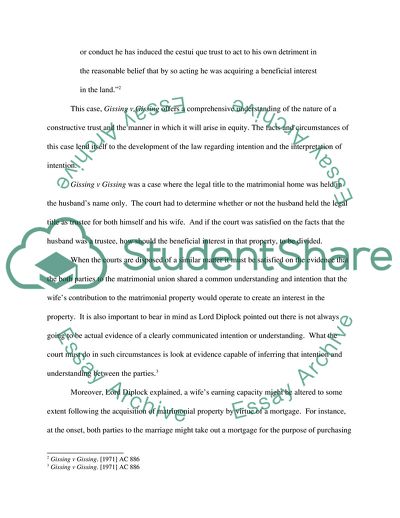Cite this document
(Circumstances in Which a Constructive Trust May Be Imposed upon a Coursework, n.d.)
Circumstances in Which a Constructive Trust May Be Imposed upon a Coursework. https://studentshare.org/law/1708817-equity-trusts-discuss-the-circumstances-in-which-a-constructive-trust-may-be-imposed-upon-a-trustee
Circumstances in Which a Constructive Trust May Be Imposed upon a Coursework. https://studentshare.org/law/1708817-equity-trusts-discuss-the-circumstances-in-which-a-constructive-trust-may-be-imposed-upon-a-trustee
(Circumstances in Which a Constructive Trust May Be Imposed Upon a Coursework)
Circumstances in Which a Constructive Trust May Be Imposed Upon a Coursework. https://studentshare.org/law/1708817-equity-trusts-discuss-the-circumstances-in-which-a-constructive-trust-may-be-imposed-upon-a-trustee.
Circumstances in Which a Constructive Trust May Be Imposed Upon a Coursework. https://studentshare.org/law/1708817-equity-trusts-discuss-the-circumstances-in-which-a-constructive-trust-may-be-imposed-upon-a-trustee.
“Circumstances in Which a Constructive Trust May Be Imposed Upon a Coursework”. https://studentshare.org/law/1708817-equity-trusts-discuss-the-circumstances-in-which-a-constructive-trust-may-be-imposed-upon-a-trustee.


